Hello everybody and welcome back to another article of Brawl Haul! There is not much I have to say beforehand so let us jump into this week’s deck featuring Verazol, the Split Current!
Overview
This deck has a straightforward gameplan. We first want to ramp as much as possible, cast Verazol where X is a very large number, then play a bunch of kicked spells. In case we are not able to ramp as much as we’d like, we have a few +1+1 counter synergies to help make Verazol larger and thus, able to trigger his ability more.
What Do We Do with Verazol?
So Verazol is a great take on a kicker commander as he can come down fairly easily and be absurdly explosive. It is not very surprising to hear that doubling up on a spell you spend 5+ mana on is going to be very powerful. Because of this, we typically want to spend the early game ramping, find sometime around turn 4-5 to cast Verazol, then follow up the next turn by casting some spell that would either win the game or make us win the game on the spot. A good example of this is with Cragplate Baloth, which more often than not just comes out of the left field and we can overrun the opponent with 2 10/10 trample hastes. Another combo that just wins the game on the spot is Sea Gate Stormcaller and Maddening Cacophony, which when Cacophony is not kicked, we can send 40 cards to the grave and deck the opponent. If you can afford the 13 mana to kick Cacophony, we are technically able to mill an entire deck. Basically, Verazol opens the floodgates to a whole bunch of stupid value and wacky scenarios.
Ramping in the Early Game
In case me saying it repetitively is not obvious enough, this deck rides or dies with its ramp. As such, we have a ton of different methods to help us ramp. The best cards are Cultivate, Azusa, Lost but Seeking, Gilded Goose, and Uro, Titan of Nature’s Wrath.
When making a normal commander deck, one of the first things I ever do is throw in Cultivate. It is easily one of my favorite cards of all time as it puts us ahead and sets up the future turns as well. Azusa can speed our deck up a ton, especially considering that once again we are running almost all the MDFCs in our color and so if we can play more tap lands sooner, the better. Gilded Goose and Uro, Titan of Nature’s Wrath are fairly straightforward and both are great. Gilded Goose can pad our life total later on, and Uro can just win the game on his own.
Massive Threats
Once we ramp and resolve Verazol, we can focus on resolving some big threats. The best ones we have are Myriad Construct, Cragplate Baloth, and Inscription of Insight. In addition to these, we do have some other combos revolved around Seagate Stormcaller, but she synergizes with pretty much everything and so there are too many to mention.
Myriad Construct surprised me a ton in how effective it is. Due to MDFCs being great for slower formats, the construct can often be a 7 mana 8/8, who with Verazol, comes with a friend. The whole splitting into smaller constructs part is either amazing or awful, depending on the type of deck we are facing. More often than not the only time it gets targeted is when removal is being pointed at it, but there were a few decks that could handle the tokens much more effectively than just a large body. Our next main threat is Cragplate Baloth, which I touched upon earlier. Being uncounterable and having hexproof makes it very hard to deal with and when combined with the fact more likely than not it is going to be a 10/10 and you get a very strong creature. There is also the fact it works stupidly well with Verazol. Finally, we have Inscription of Insight, which while not literally a massive threat, provides a massive swing when it gets kicked and generates two large bodies, bouncing 4 creatures, and drawing us 4 cards.
Counter Synergies
As mentioned earlier, we have numerous ways of putting counters back on Verazol if it either does not get removed or if we left him on an awkward spot where he has an odd number of counters on him, preventing us from activating his ability more. The cards we have that do this are Invigorating Surge, Inscription of Abundance, Vastwood Surge, and The Ozolith.
Out of all our counter cards, Invigorating Surge is the one able to put the most counters on with the least amount of effort. It either leads to a lot more explosiveness through kicked spells or just a massive snake we can start beating things down with, both of which are very strong. It is also an instant, which can lead to some very easy wins off of the opponent not remembering it exists. Inscription of Abundance either puts on two counters by itself or if kicked, we get to also fight two creatures and gain a large chunk of life. Either way, the card is both impactful and flexible, helping us considerably against faster decks. Vastwood Surge either ramps us or in the late game, can become a pseudo override effect. Unsurprisingly, when this is copied, we can often just kill the opponent with a very tall board. Finally, we have The Ozolith, which ‘protects’ Verazol from removal in the sense that if we invest a large chunk of mana into him, we still get that value from him eventually as long as we have it out. There are also some less common scenarios where it is useful, such as with Myriad Construct or with Vastwood Surge.
Other Notable Cards
Similar to most of my other decks, there are a few cards that do not fit with the main goals of the deck yet still come in and pull their weight and some more. The cards that stuck out to me the most are Scute Swarm, Sea Gate Restoration, Roost of Drakes, and Thieving Skydiver.
For those who have been keeping up with Standard, it should come to no surprise that Scute Swarm is an absolute bomb. While we cannot abuse it as much as it can in Brawl, it still is able to put up a massive threat on board by itself, forcing board clears or counterspells just by itself. Given that our deck wants to cast a ton of super expensive spells, having opponents waste interaction just to not be overrun by insects is definitely worth it. In cases where they don’t respect the swarm, we just play lands and overrun them with 1/1s. Either way, Scute Swarm feels amazing in the deck. Sea Gate Restoration, as well as the rest of the MDFCs are also great for the deck. Like with last week’s deck, this deck is already inherently slow and so being a bit slower in order to run a lot of other cards is something I’m fine with doing. Sea Gate Restoration is also just a great card. We barely ever have an empty hand and so the card can often draw 4-5 cards, which just wins the game against most decks. Roost of Drakes is not a very surprising inclusion, given that it’s a kicker synergy card. However, casting it early and just getting incremental value out of it is great, not to mention that 2/2 fliers can both slow the opponent down a ton or just kill them. Thieving Skydiver is another card that is not surprising to run in a deck like this, but unless the opponent is never going to cast artifacts, it will always blow out the opponent and it is great.
Strengths and Weaknesses
The biggest strength of this deck is just how flexible it is. Almost every card can be either cast early to provide us some immediate value, or we can greed with it and make it significantly more impactful. This leads to most of our turns feeling powerful once we get enough mana to start kicking things. The flexibility of Verazol is also great, seeing as how it is essentially immune to commander tax.
The biggest weakness is by far just matchups against aggro decks. This should not come as a surprise given that the main point of the deck is to cast incredibly expensive spells. Almost every one of the deck’s losses came from facing someone piloting an aggressive deck that we simply could not keep up with and by the time we were online, it was simply too late.
Decklist
If your interested in checking out the deck, here is a link to it!
Wrap Up
I’ve always had a bit of a love-hate relationship with Simic. Green and blue are easily my favorite colors in the game, but I’ve never been a fan of actually playing them together since the ways I like to play conflict so much with each other. This basically just means when I play green, I like to have fun and play creatures while with blue I just like preventing that from happening. However, Verazol has hit a happy medium, where it is ultimately a durdle deck but can still play creatures to blow out the opponent whenever it calls for it. Because of that, I’d highly recommend trying Verazol out at some point while it is in Standard, especially seeing as how it feels like it was designed to be a commander.
Anyway, that is all I have for this week, thank you for reading! Like always, if there are any cards you want to see my take on, just make sure to let me know! Despite the current issues in Standard, Zendikar Rising has brought a ton of fun tools to mess around with and I’m excited to get to them as we get closer to Kaldheim come next year. Until next time, good luck brewing!
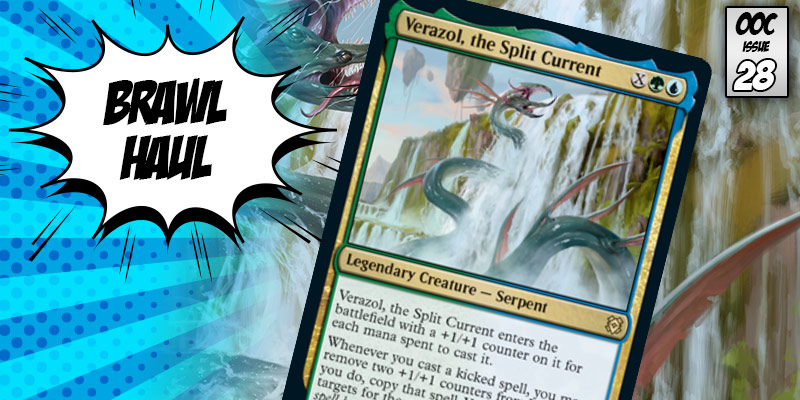
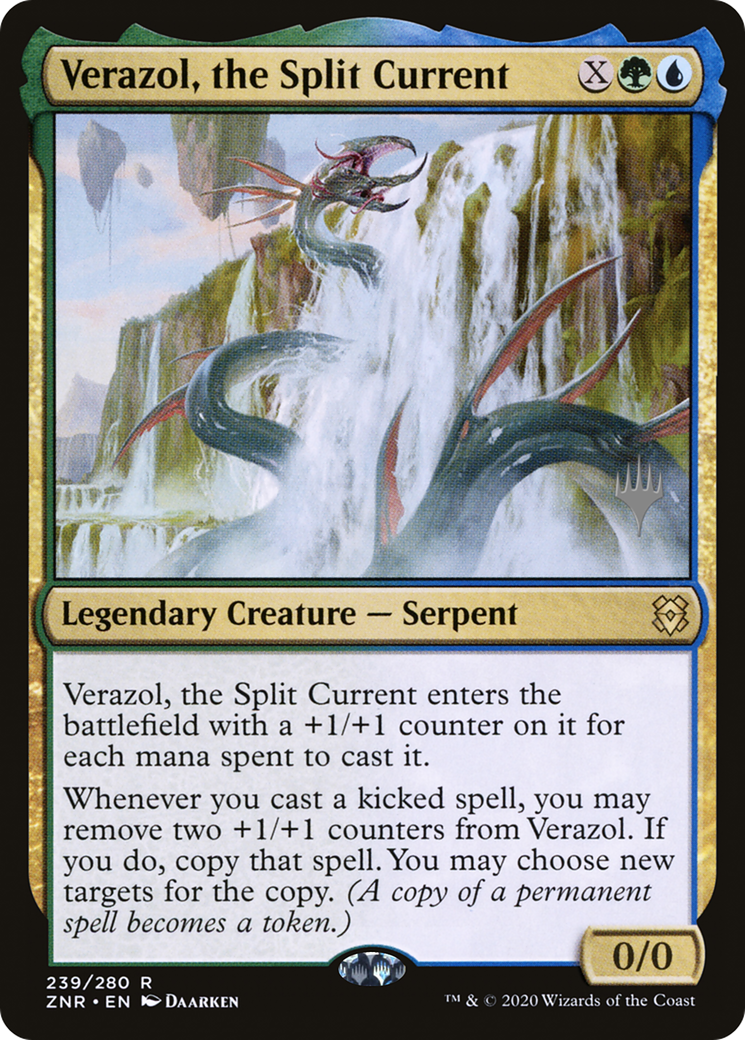
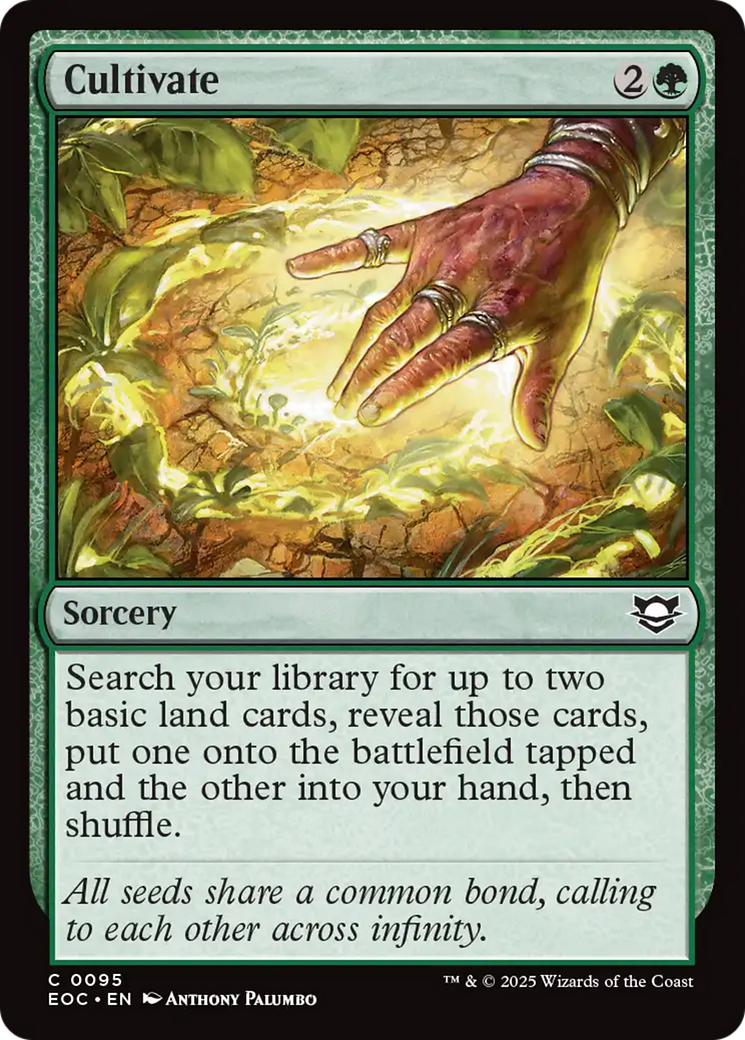
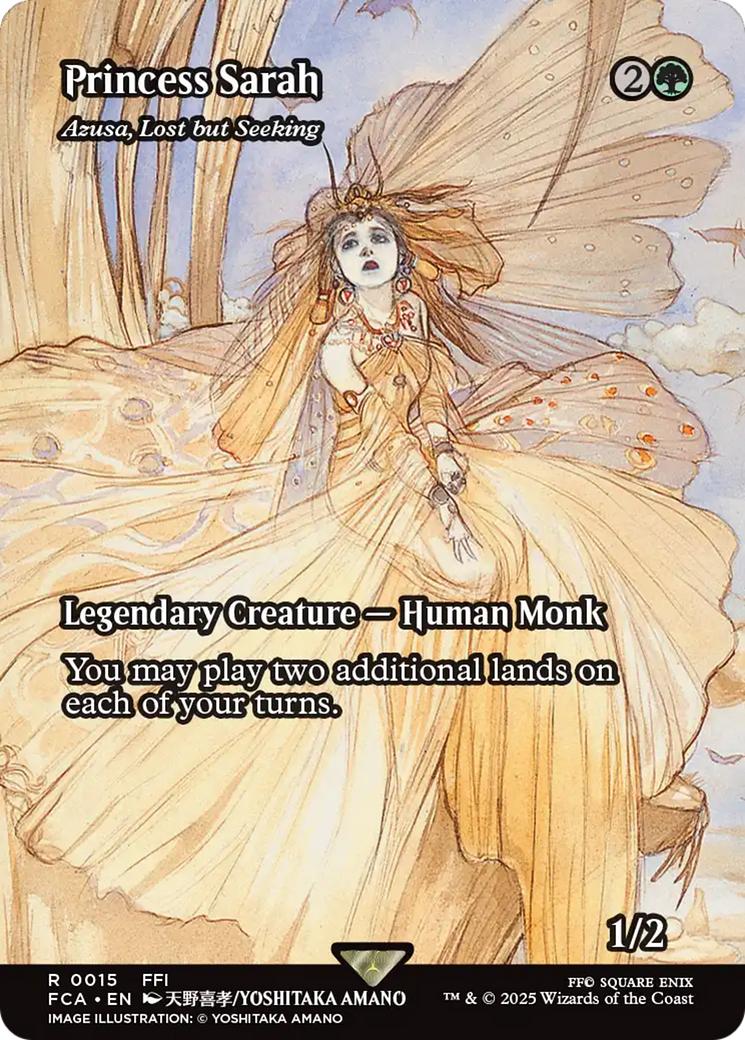
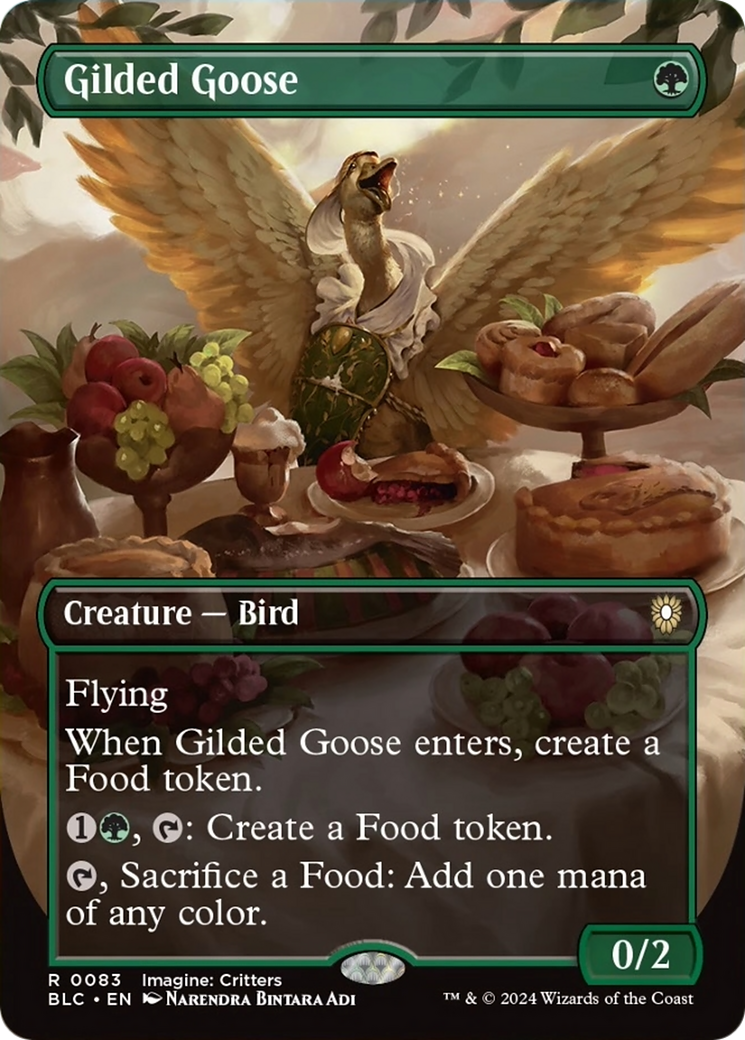
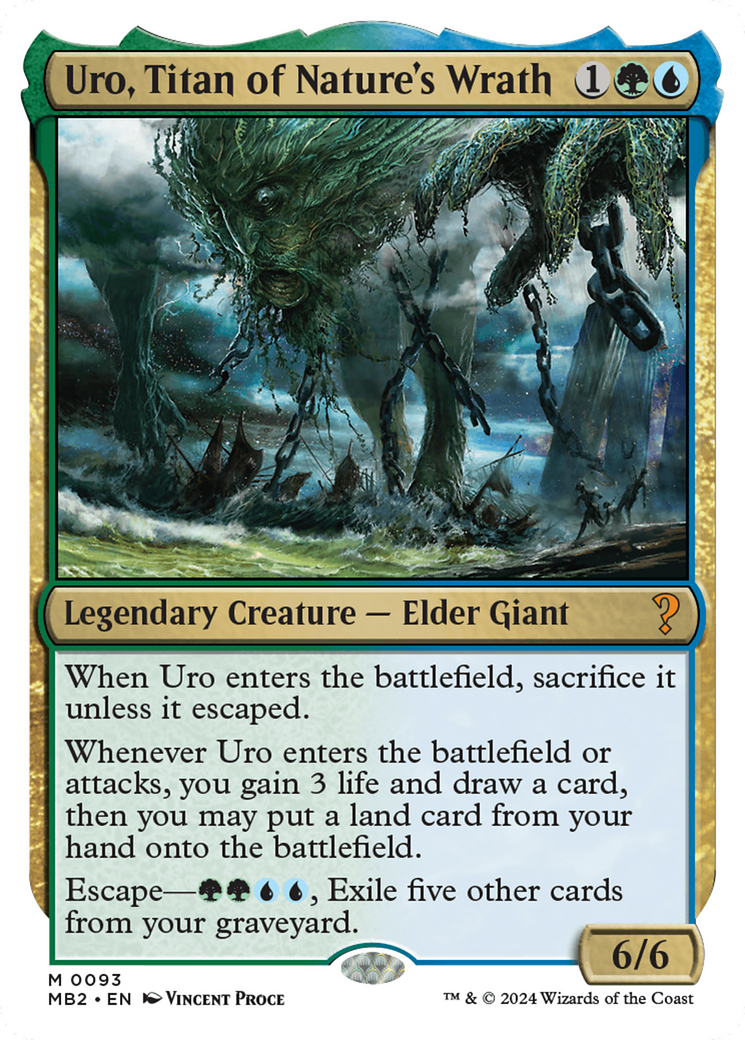
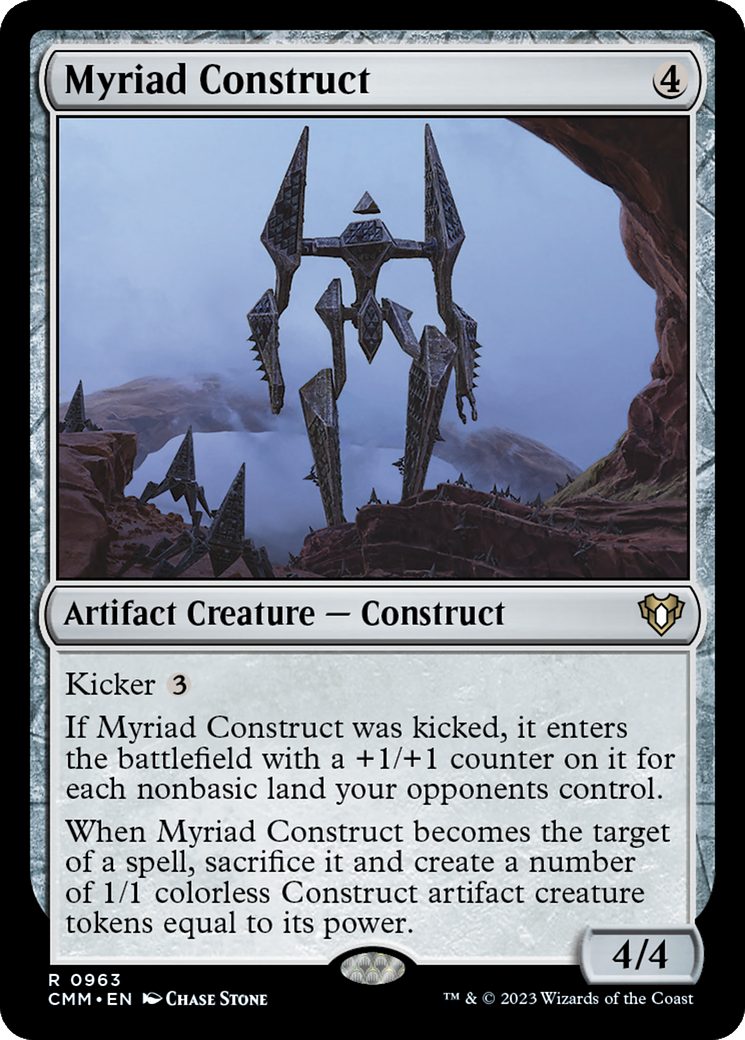
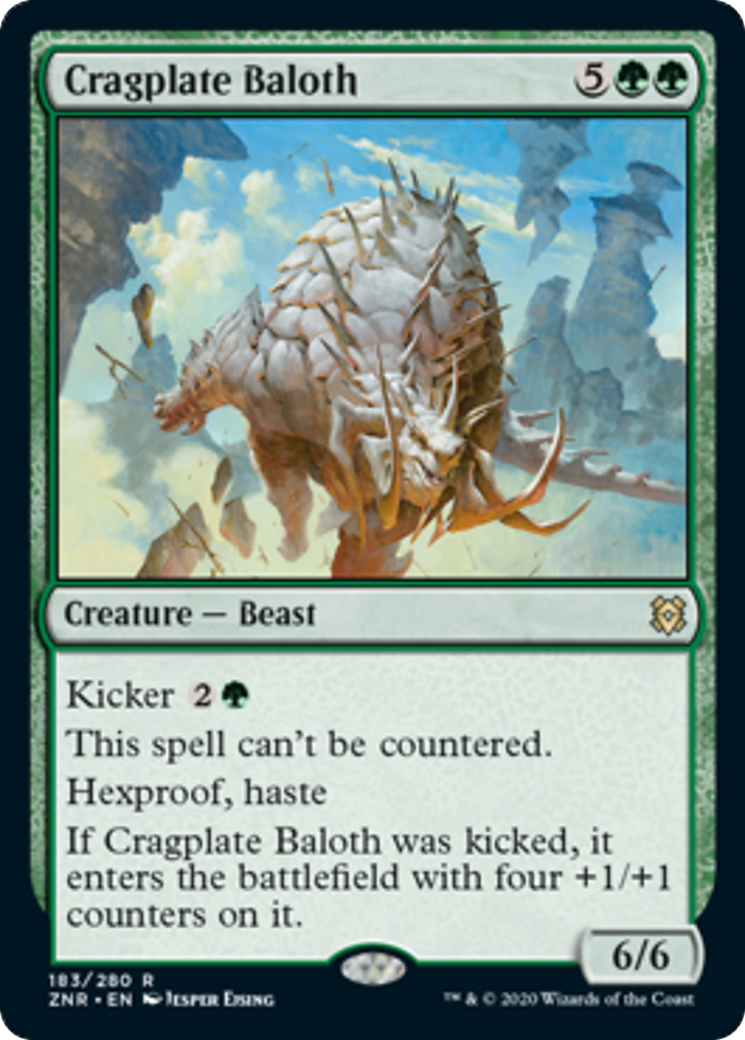
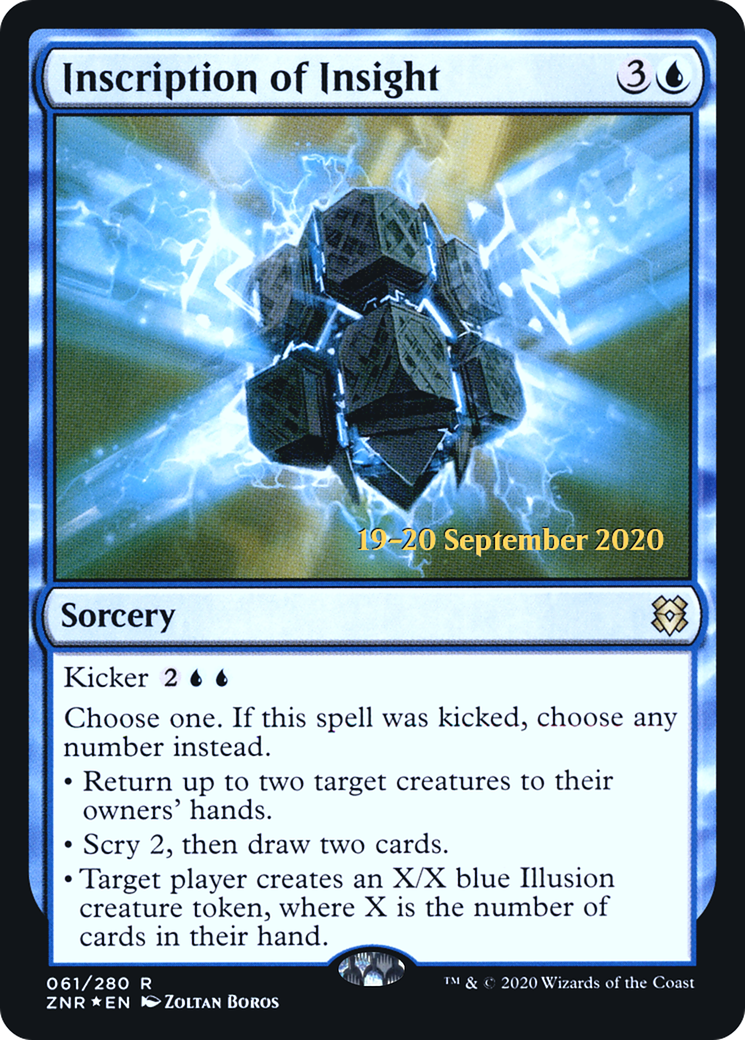
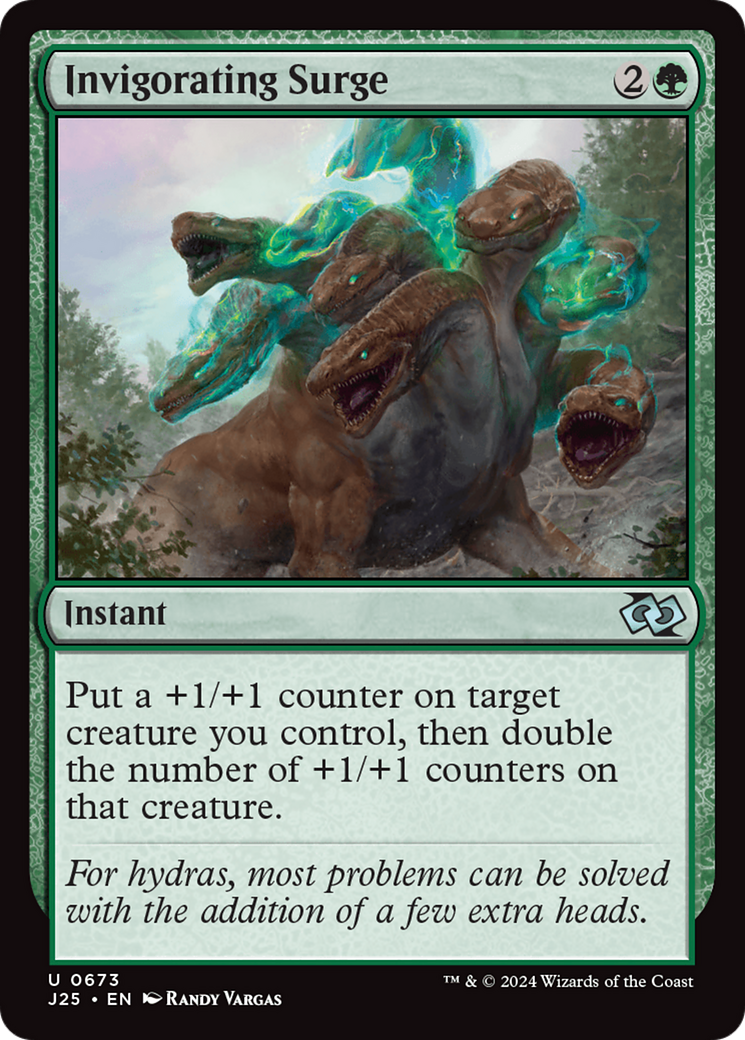
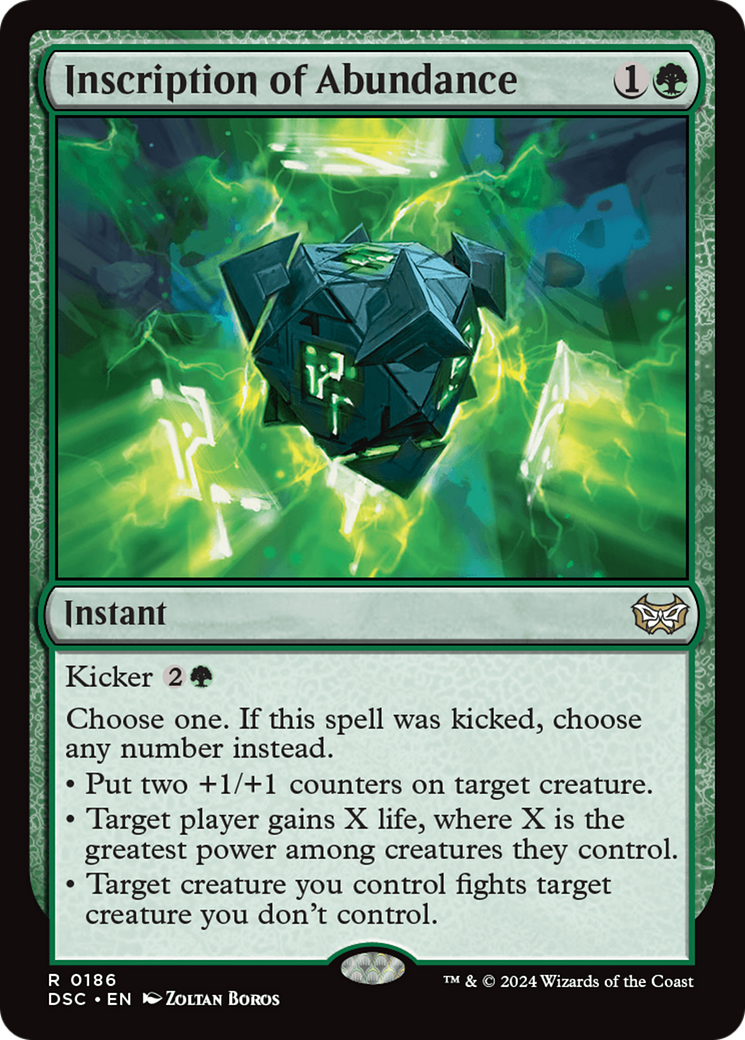
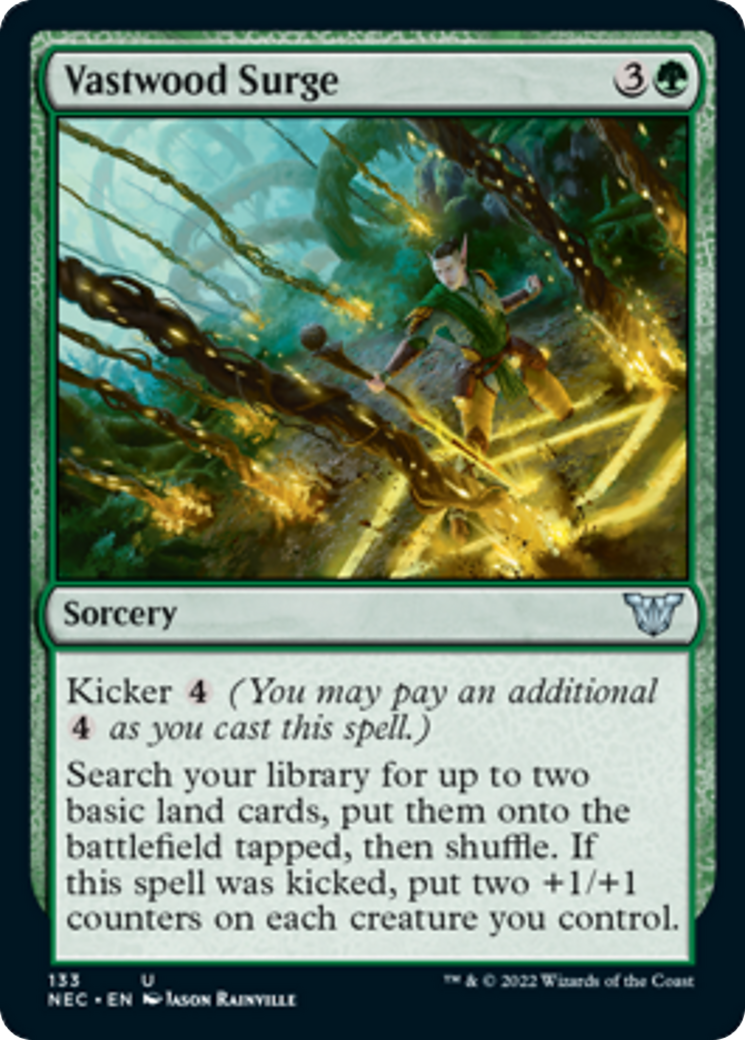
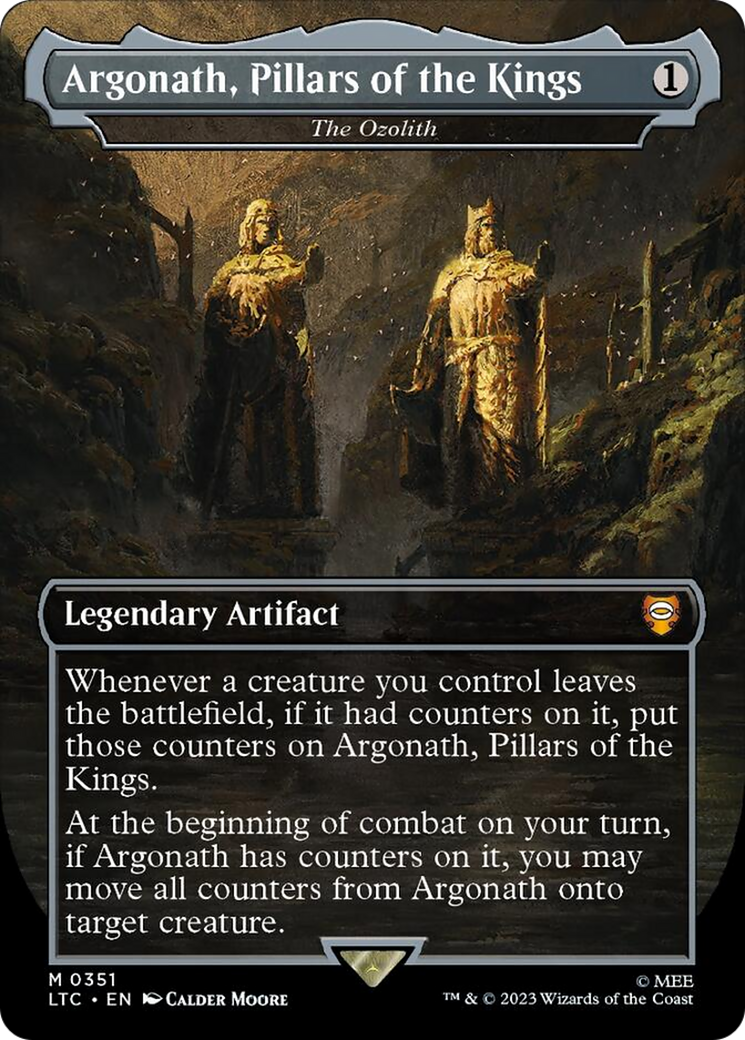
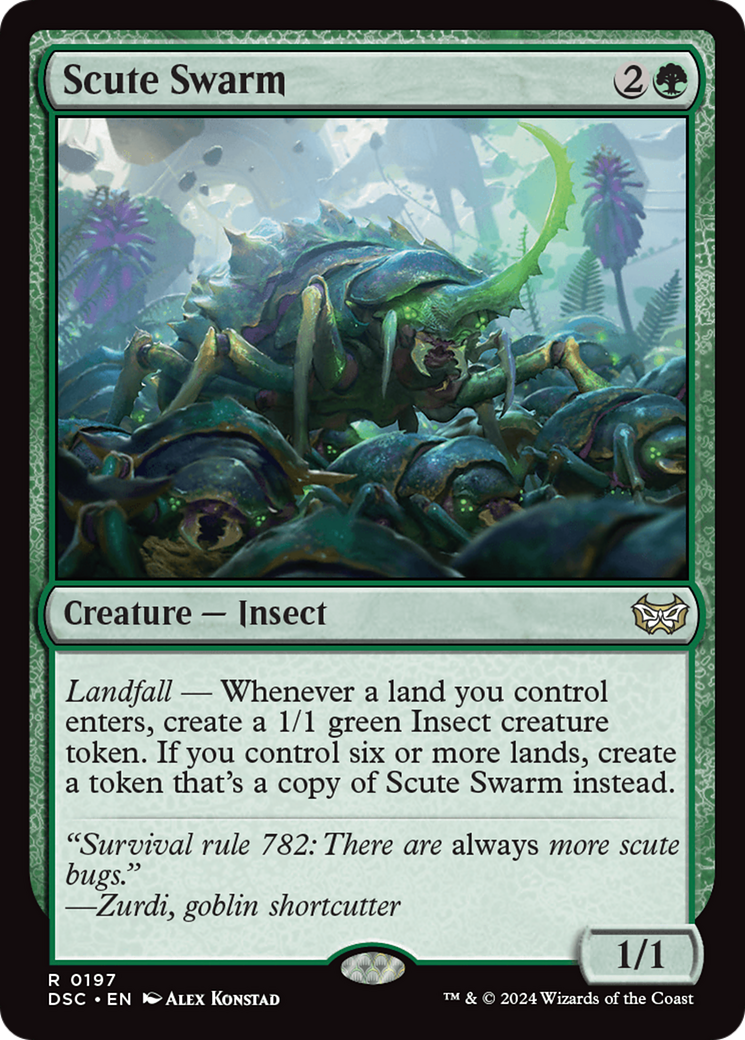
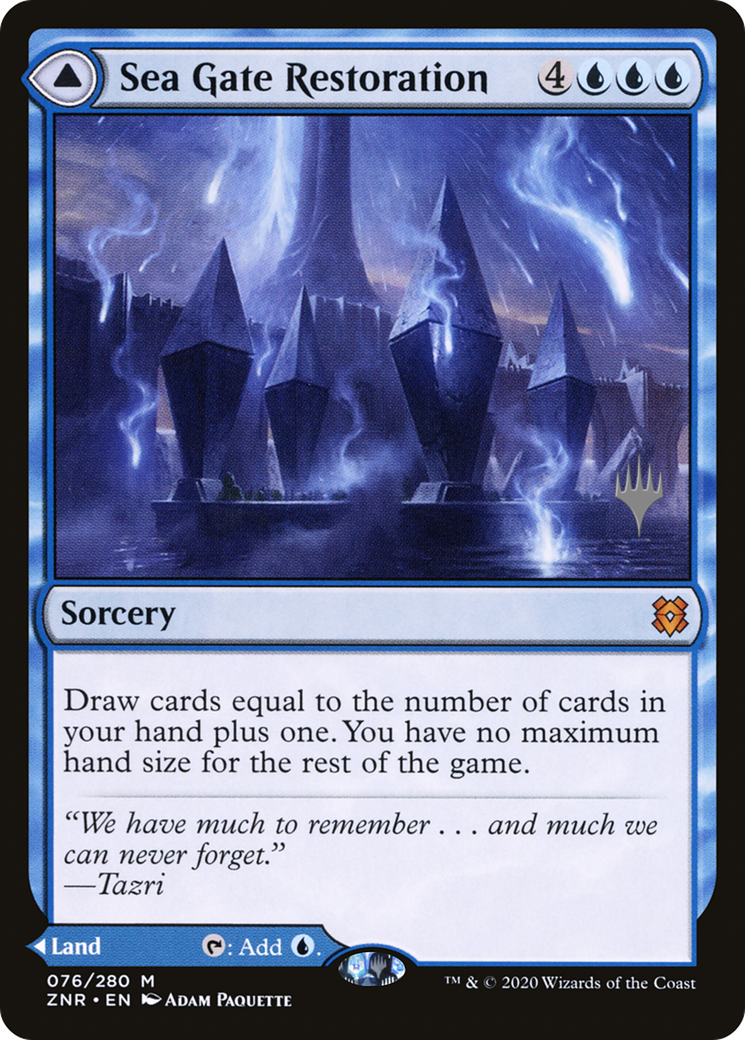

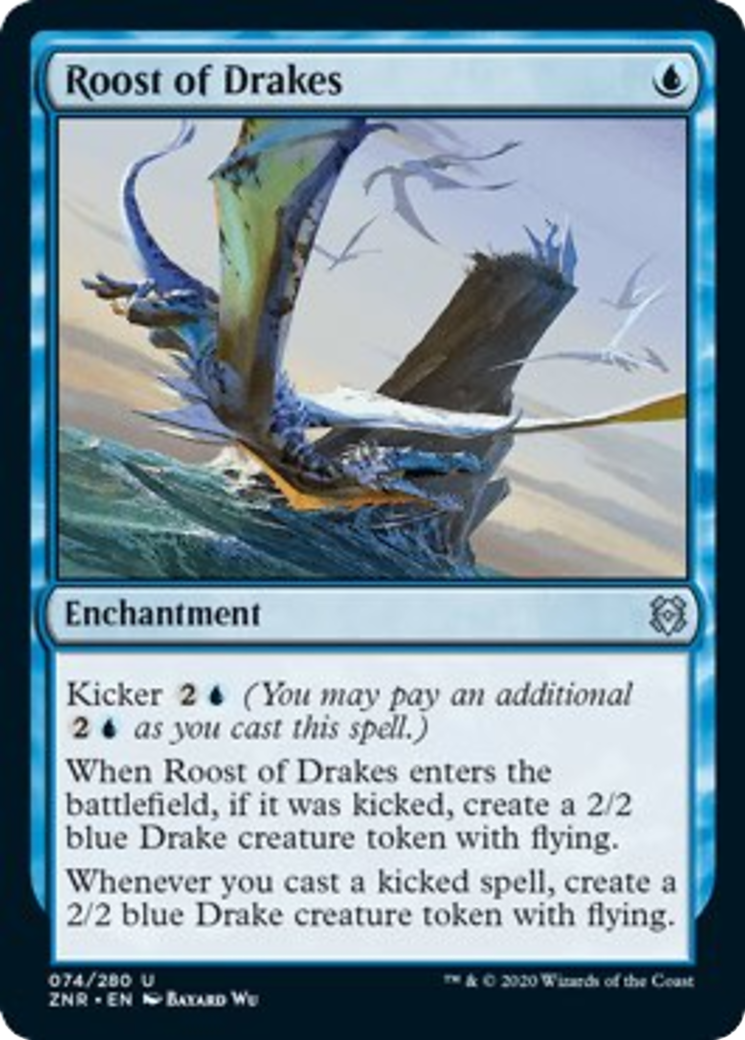
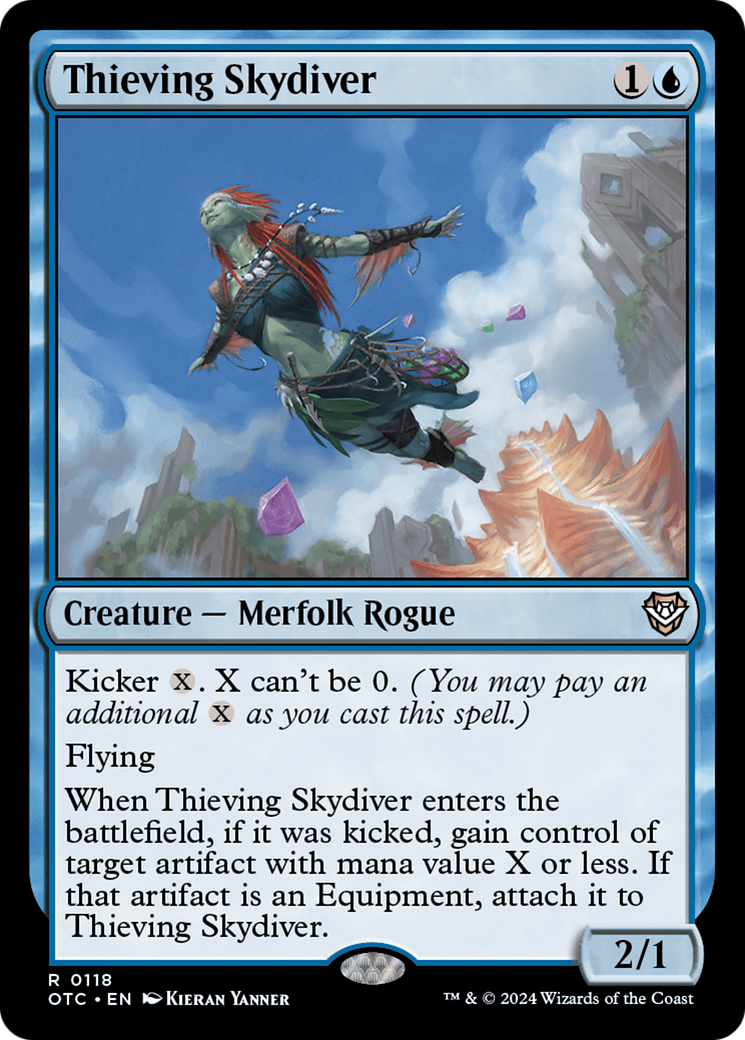
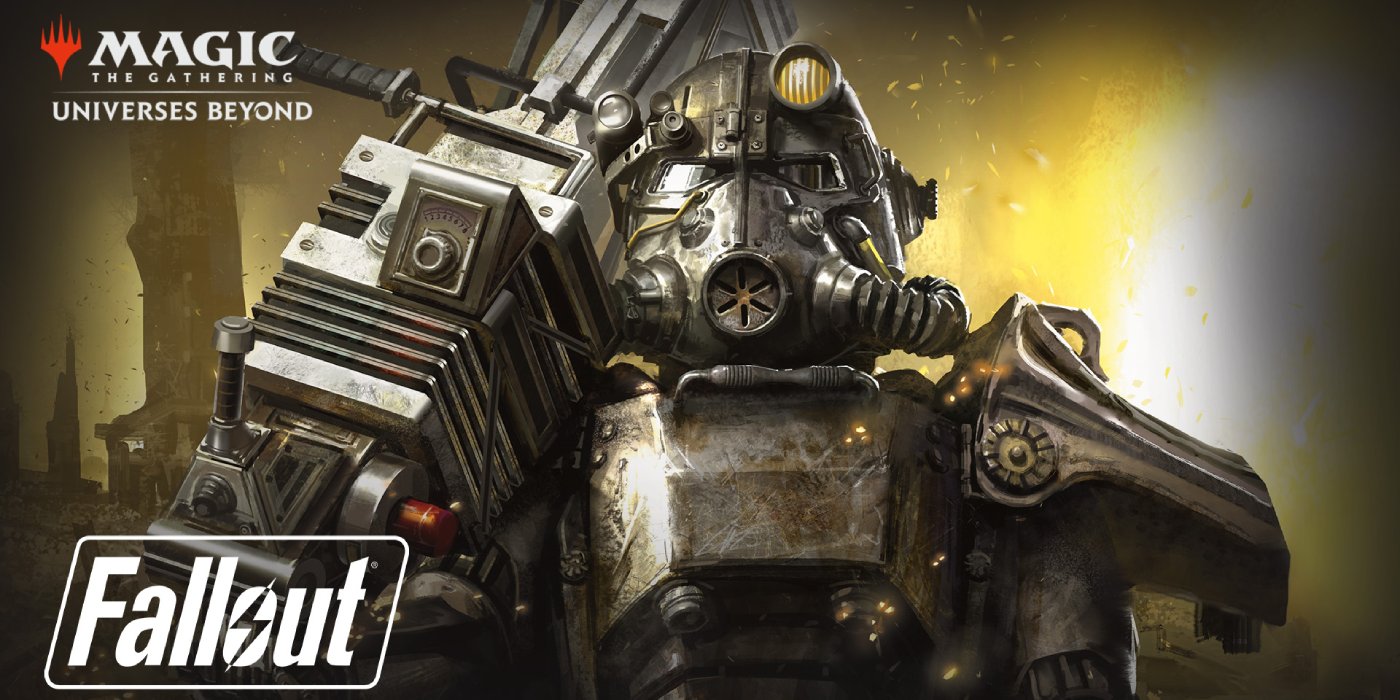
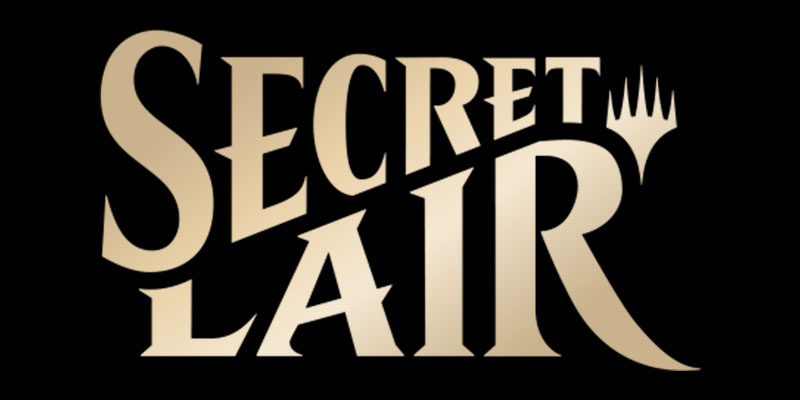

Comments
Verazol is definitely one of my favorite cards of the set. Copying Roost of Drakes is the best feeling ever.
Uro was banned, which does not destroy the deck but weakens it quite a bit. What is worse, there is no proper replacement right now. One could run Dryad of the Illisian Grove for some further ramping but obviously that is an inadequate replacement.
While Uro is banned in standard, Brawl does not follow the same ban list, and so he is legal there. The cards currently banned in brawl are Drannith Magistrate, Sorcerous Spyglass, Winota, Joiner of Forces, Oko, Thief of Crowns, and Lutri, the Spellchaser. I can totally understand the confusion though, seeing as how Brawl is so closely tied to standard.
Wizards keeps an active banlist of every format here if you'd like to check it out for yourself.
Thanks for the information. I did not know this (not paid attention I guess). :)